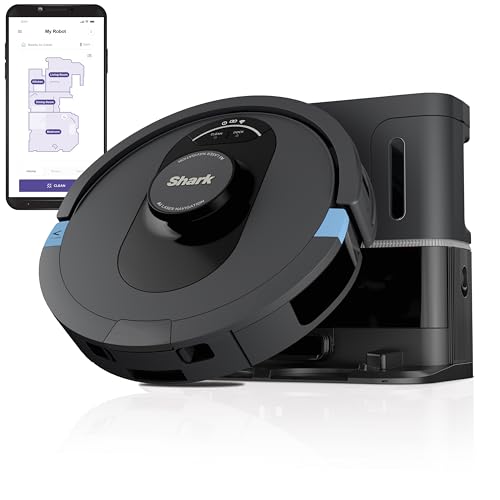제목
Guide To Bagless Programmed Cleaners: The Intermediate Guide On Bagles…
페이지 정보
본문
 bagless robot sweeper cleaners that are programmed are designed to suck up dust and other particulates into a clear chamber that can be easily emptied. However, there are some issues with these machines that the user should be aware of.
bagless robot sweeper cleaners that are programmed are designed to suck up dust and other particulates into a clear chamber that can be easily emptied. However, there are some issues with these machines that the user should be aware of.The chamber should be empty to prevent allergens to be released into the air. This can be a problem when you suffer from allergies.
Cost
Bags for vacuum cleaners are priced at around five dollars for a pack and have to be replaced often which can be costly when you have a big home. Bagless cleaners on the contrary, don't need bags and collect dirt and debris inside a tank integrated inside the machine, meaning you won't have to spend more on replacement parts. However, you will still require cleaning or replacing the filter on a regular basis to keep it working in a proper manner.
Convenience
Bagless programmatic cleaners give users a more overall clean. They remove the stress that comes with trying to put a bag back together after having empty it. Additionally, they save time by making it easier to move through chores like vacuuming. You'll not waste money on bags that you'll have to throw away when they're just half full.
Bagless cleaners have a greater life duration and are more environmentally friendly than other cleaners. This is because they don't use more than 100 bags in their lifetime, which can be harmful to the environment. They also have dustbins that can be regularly cleaned, preventing dust and other allergens from resurfacing in your home.
When choosing a bagless self-cleaning robots cleaner, choose one that has a HEPA-filter. This filter is an extremely efficient shield that permits only large particles to pass through and also keeps fine dust in the air. These filters are recommended for those suffering from asthma and allergies.
The cyclonic technology found in bagless cleaners can be very efficient in cleaning the air in your home. The cyclones remove the fine and large dust from the air. This prevents the dust from recirculating throughout your home and helps keep it at a healthy level. Bagless cleaners that use cyclonic technology require less maintenance since they don't require replacement more frequently than those with traditional bags. They do require to be cleaned frequently. (See the manual for the schedule).
Environmental impact
Vacuum cleaners are essential tools to keep your home clean. Bagless vacuum cleaners are especially beneficial. The advanced filters they use capture dust and allergens, enhancing the quality of indoor air and in compliance with OSHA regulations. They also reduce the need for disposable bags, which reduces maintenance costs and impacts on the environment. There are many kinds of vacuum cleaners, each one with their own pros and cons. One of the most common features of these vacuum cleaners is the HEPA filter, which is used to remove tiny particles from the air. This feature is ideal for people suffering from allergies or who are sensitive towards pollutants.
A recent trend has been to increase the power rating of robot vacuum with bagless self empty cleaners, which increases their energy consumption and environmental impact. The Eco-Design and Waste Electrical and Electronic Equipment directives, along with the decarbonisation in Europe of the electricity mix, may have an impact on the environmental performance of the vacuum cleaners. This paper analyzes the environmental impact of these devices over their entire lifespan by taking both indirect and direct impacts into account.
The primary source of energy for vacuum cleaners is their usage stage, where they consume a substantial amount of electricity. This is primarily due to the large energy use of vacuum cleaners over their lifespan, as well as the dominance of fossil fuels in the European electricity mix. Raw materials and the end-of-life stages can have an impact, but are less important than the use stage.
The results show that the implementation of the eco-design regulations in conjunction with the decarbonisation of electricity could result in a reduction of the overall impacts of vacuum cleaners by 2020. The impact of the WEEE directive on its own, however, is expected to be minor and will be largely offset by the increased number of units in use. This is due to the fact that the improvement in the efficiency of these appliances relies on other policy measures to reduce emissions, like those related to renewable and nuclear power.

